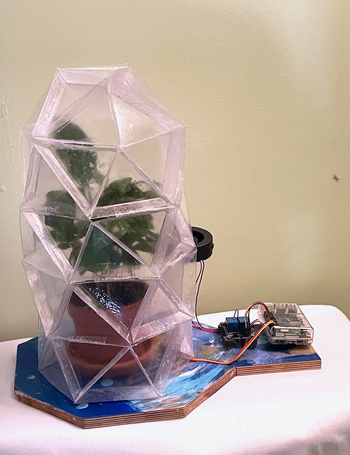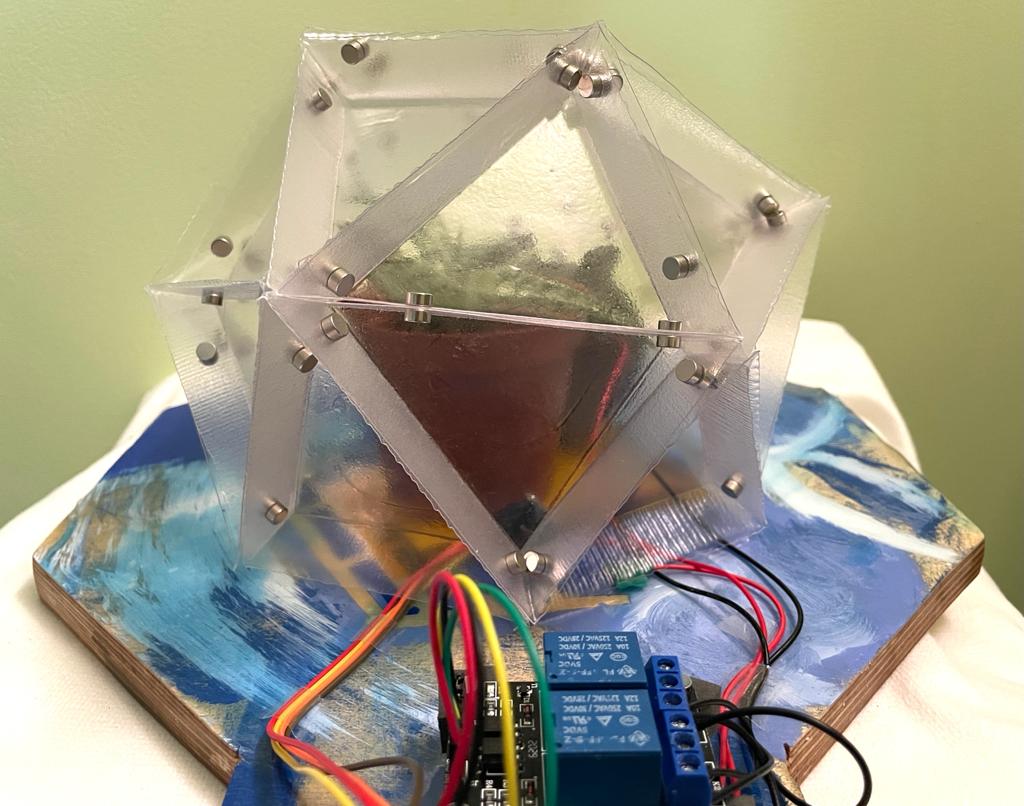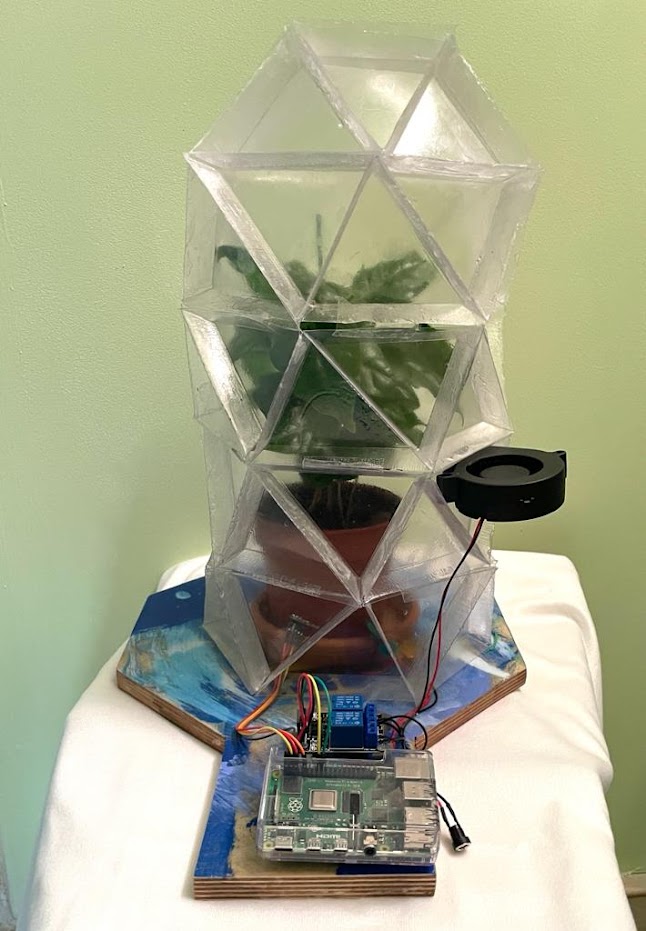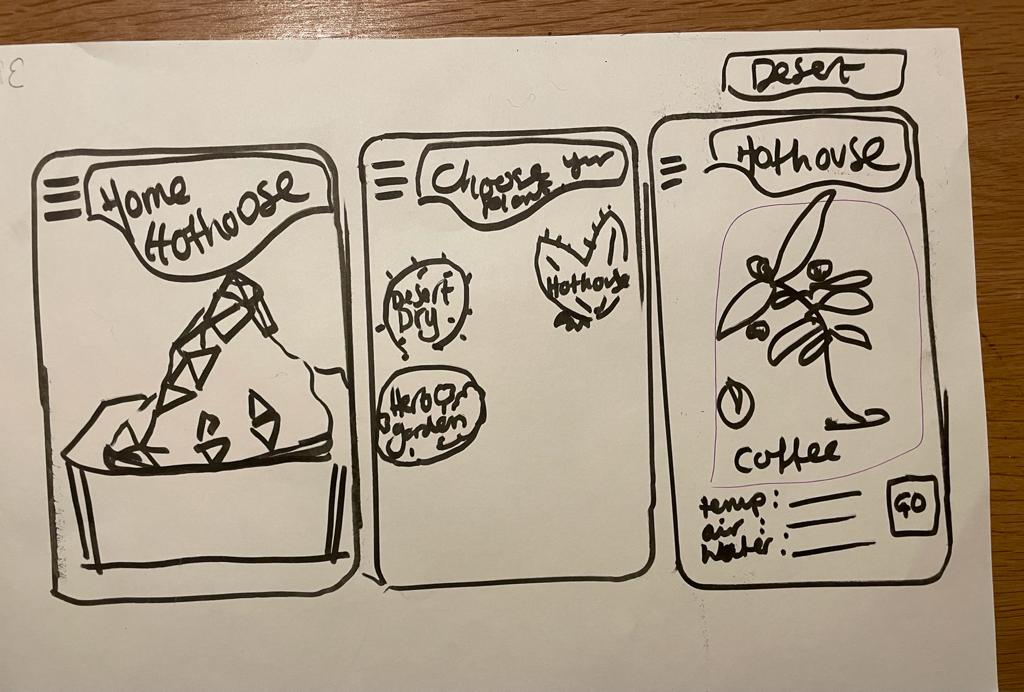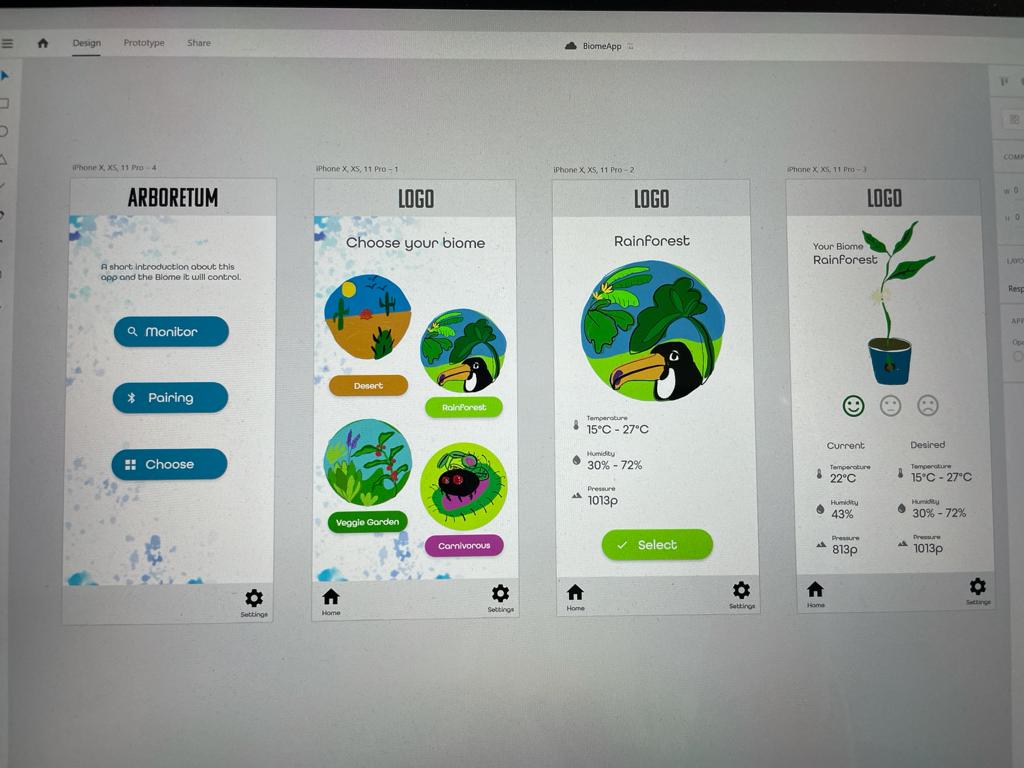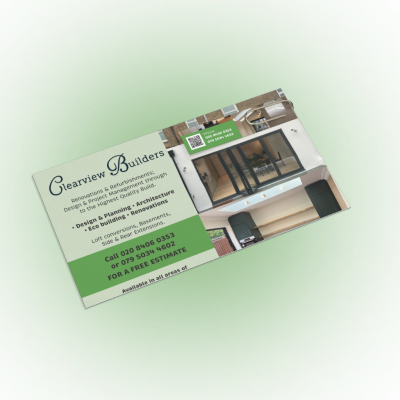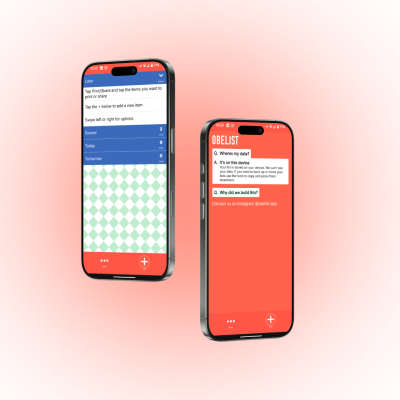
Lo Power Mode
My proprosal project :
I had chosen to explore speculative design through the Lens of design fiction. Using a Scenario of a low energy future my ambition was to use this lo energy furture to create a self checkout for use within that world. My design fiction object will be refined through multiple research techniques, resulting in an interactive prototype. I decided to make it a physical object for people to interact with and immerse them in this lo energy future.
Project proposal can be found here.
Outcome:
Lo Power Mode is a design fiction prototype for a self-checkout system aimed at raising awareness about energy consumption. The prototype is designed to minimize energy use while maintaining functionality. For this project, I explored speculative design through the lens of design fiction, envisioning a low-energy future. The goal was to create a self-checkout system suitable for implementation within the next decade. The design fiction concept was refined using various research techniques, culminating in an interactive prototype that was showcased at the LCC Summer Showcase 2024 and is featured on the UAL portfolio portal. This self-checkout prototype is 8.3 times more efficient than conventional checkouts.
ROLE
- User Experince Design
- User Interface Design
- User Research
- Prototyping & Testing
- 3d modeling
TOOLS
- Figma
- Pyhton 3
- Adobe Illustator
- Google Anyaltics
- Shapr 3D
DETAILS
Duration : 3 months
Company : n/a
date : may- july 2024
Process / research
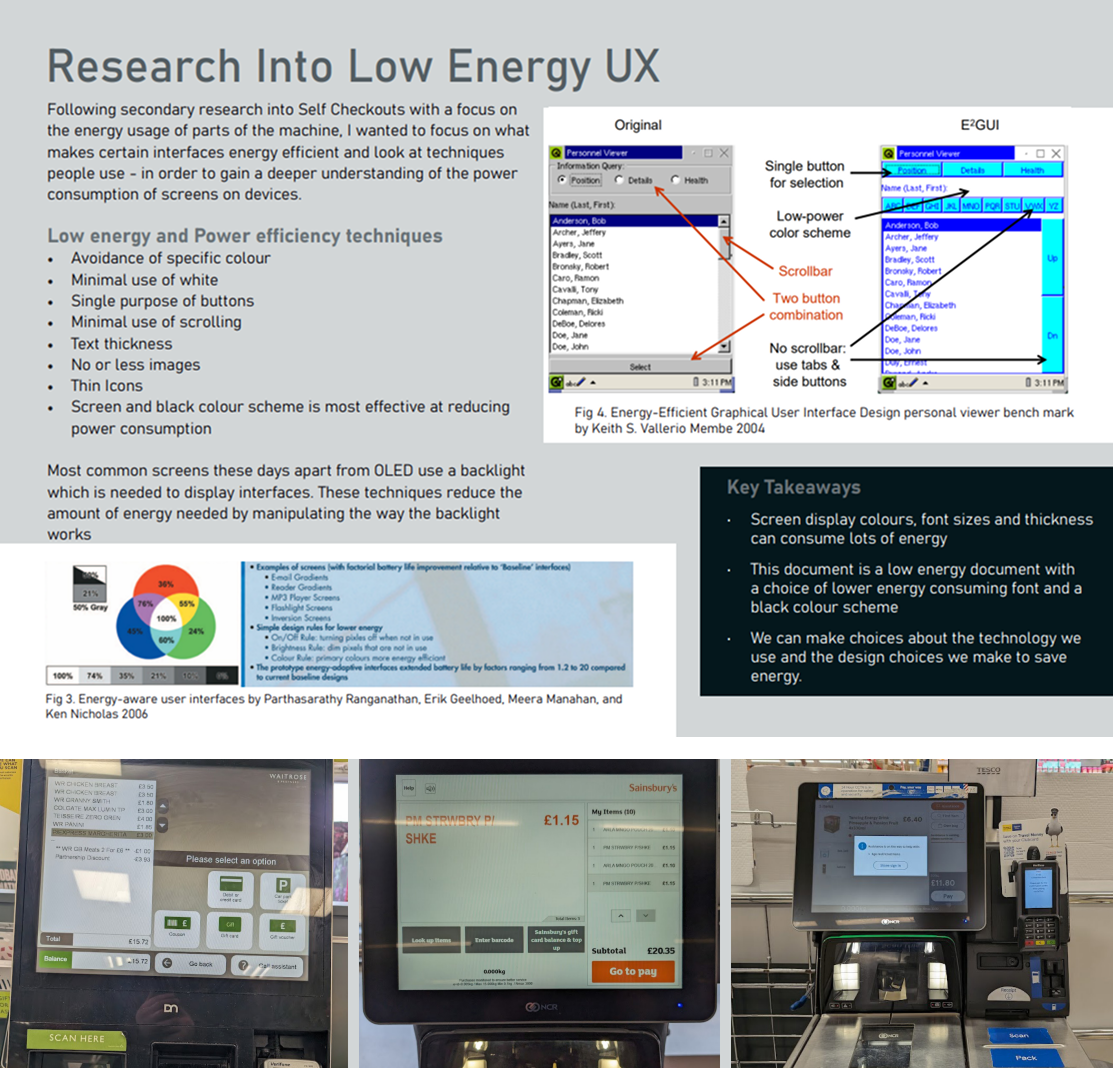
Self Checkout & Low-Energy UX Research
My research explored self checkouts, focusing on their high energy usage from constant operation, bright high-colour screens, and power-hungry components. Studies show they are widely used and growing: NCR Corporation found 86% of supermarket shoppers use them, mainly aged 18–34, with convenience (42%), speed (39%), and privacy (21%) as key drivers. Rimma Kats reported 59% regular usage, including 39% of people aged 55–65, while the Self-Service Market Analysis predicts a 31% market growth to $55B by 2029.
I examined energy-efficient interface techniques, including avoiding bright/white-heavy colour schemes, minimising scrolling, images, and thick text, using thin icons, single-purpose buttons, and dark themes. These reduce power demand by lowering backlight usage in non-OLED displays. Key insight: design choices—colours, fonts, and layouts—directly affect energy consumption. Through in-store component analysis, I identified common self checkout parts: screen, barcode scanner, payment terminal, bagging area, receipt printer, scales, and camera. For my prototype, only the screen, payment system, barcode scanner, and processor are essential.
I also conducted non-participant observation in four South London stores, noting common behaviours: staff assistance for weight/scanning errors, confusion over basket placement, minimal use of handheld scanners, and most payments made by card. Around half of the checkouts remained dormant but powered on. Observations may have been influenced by time (10–12 AM) and weather (rain increased delivery orders). From these findings, I mapped a user journey of input and output stages, refining the prototype requirements to focus on core components while integrating low-energy design principles.
Personas
Following my research I created personas to better understand the user experience of my interface design. My persona was informed from the different demographics that arose from secondary and non participant observation.

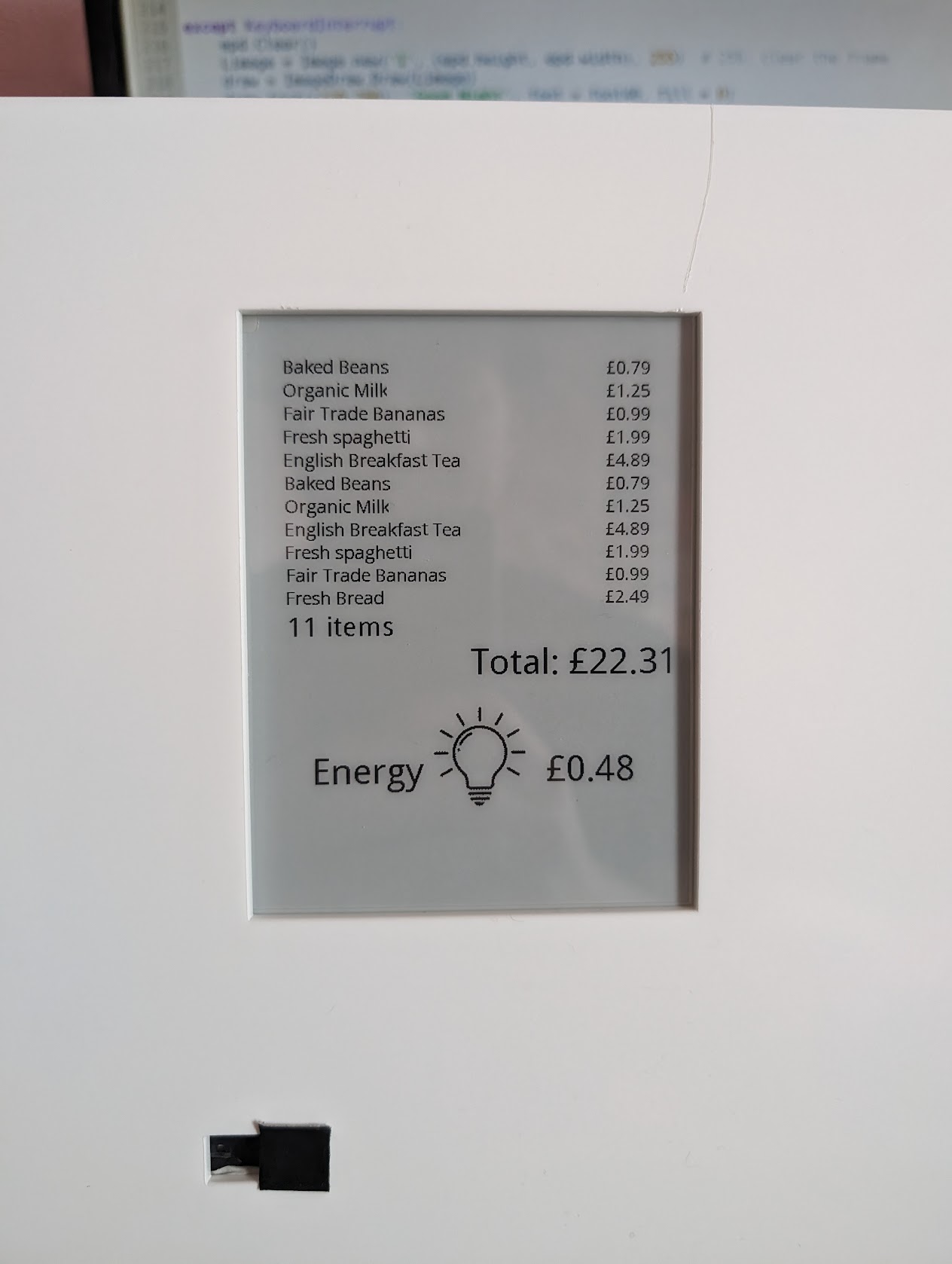
Creation
For my final project, I developed a barcode scanner prototype using a Raspberry Pi that reads product barcodes and matches them against a custom-built database containing item names and prices. When a barcode is scanned, the system interprets the numeric string and displays the product name, price, quantity, and running total on a low-power e-paper screen. The display uses precise coordinates to draw text and icons, optimizing energy efficiency. Throughout development, I faced challenges integrating hardware with the e-paper technology, including slow screen refresh rates. After user testing revealed delays and interface issues, I implemented a partial refresh system that reduced update time from 5 seconds to just over 1 second, significantly improving usability. I also added a reset button to clear previous scans between users, simplifying the checkout process. The interface was refined based on feedback, with visual energy indicators added to highlight the project’s sustainability focus. This project demonstrates the successful fusion of hardware and software within energy-conscious design, balancing technical constraints with user-centered solutions.
User testing
After completing the prototype assembly, I conducted final user testing with fellow UX designers to gather last insights for reflection. The feedback was generally positive, noting no issues with scanning speed compared to the previous version. However, some problems were reported with the button causing screen corruption or not functioning properly. Users suggested making the total energy combined easier to understand. They also confirmed that the colors aligned well with the overall design, but emphasized that the layout for item placement should be simplified to reduce confusion.
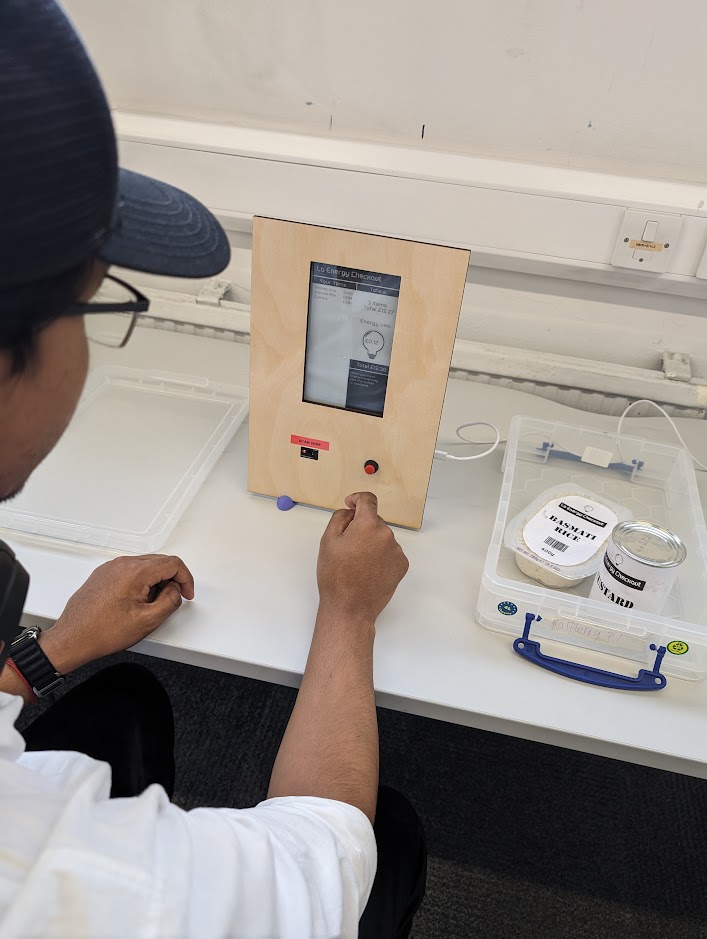
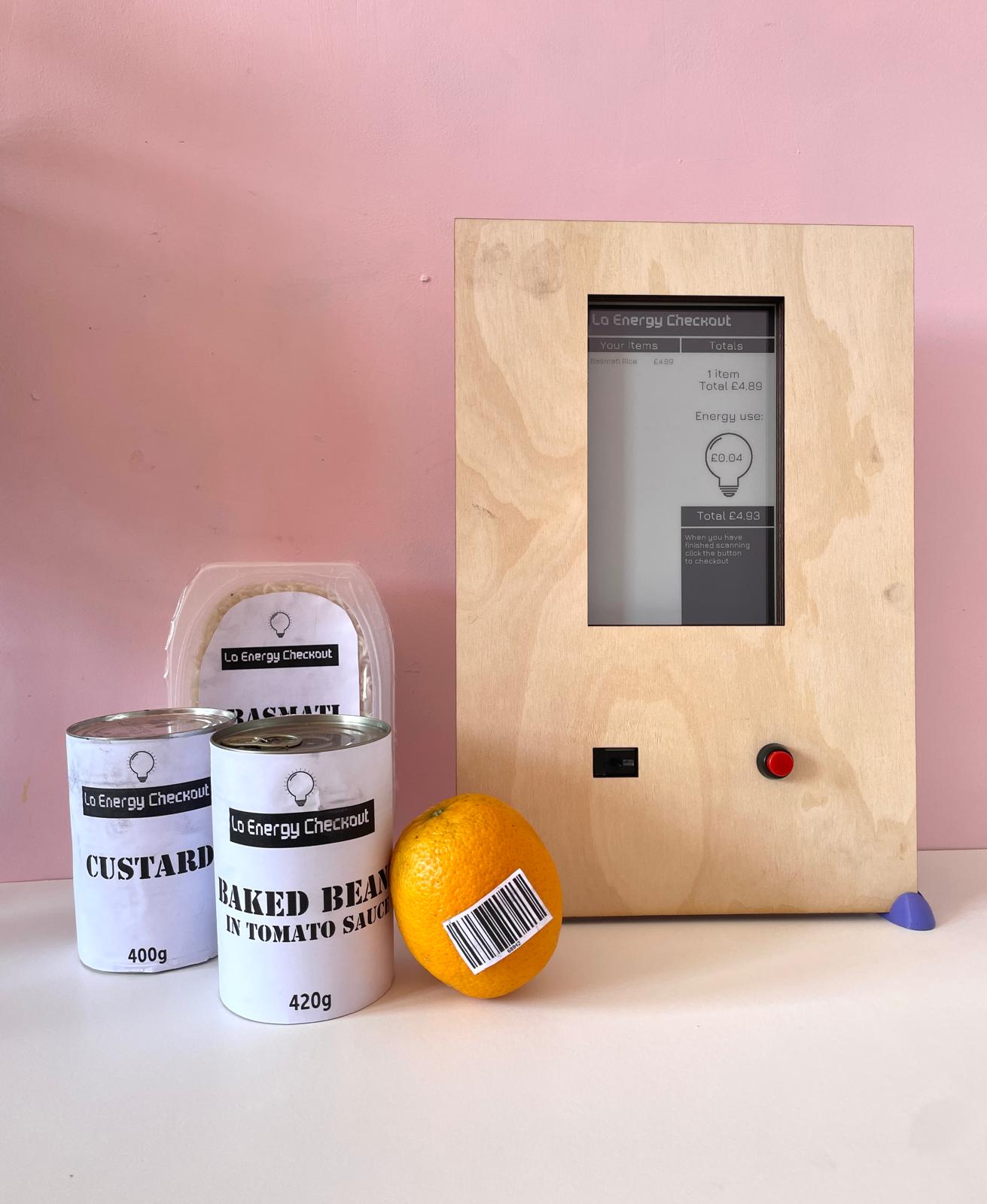
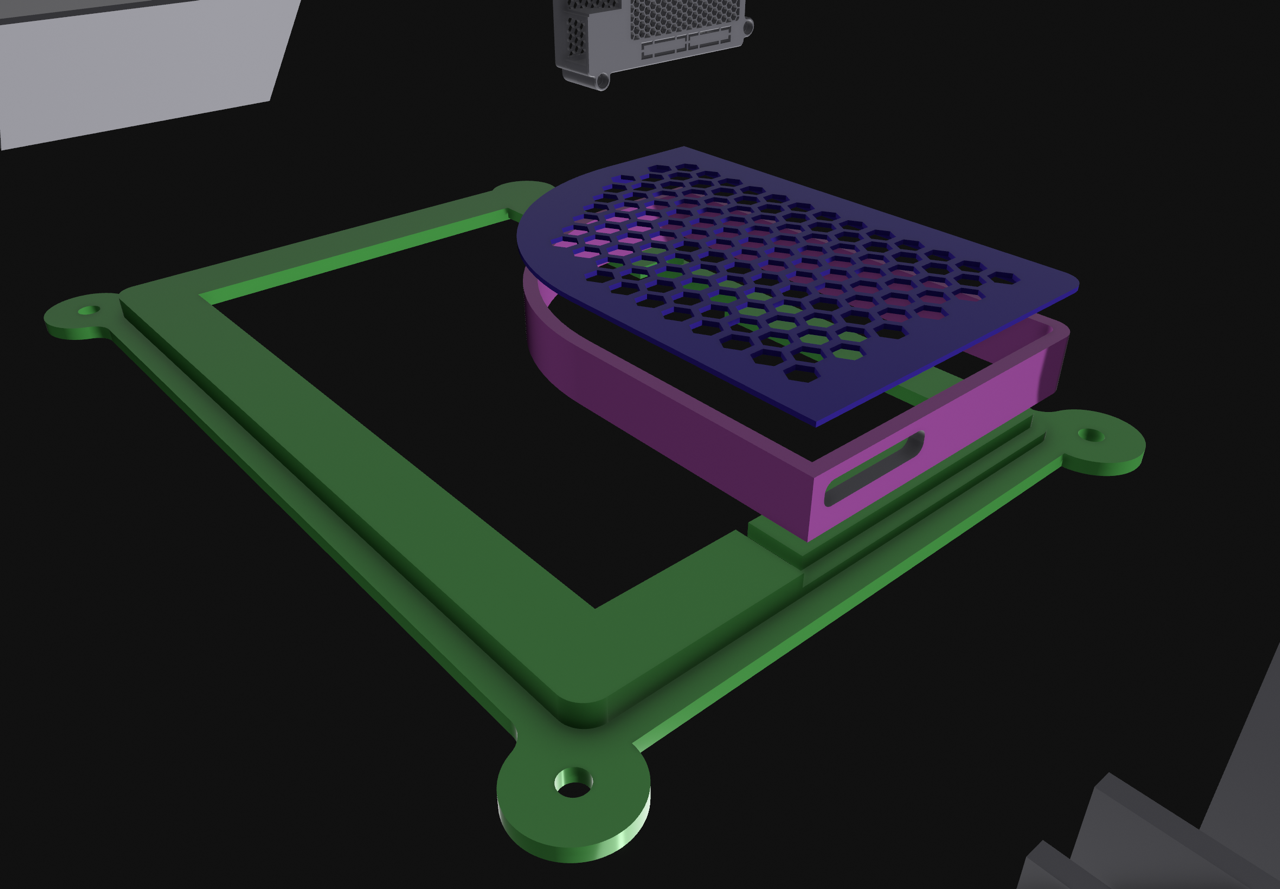
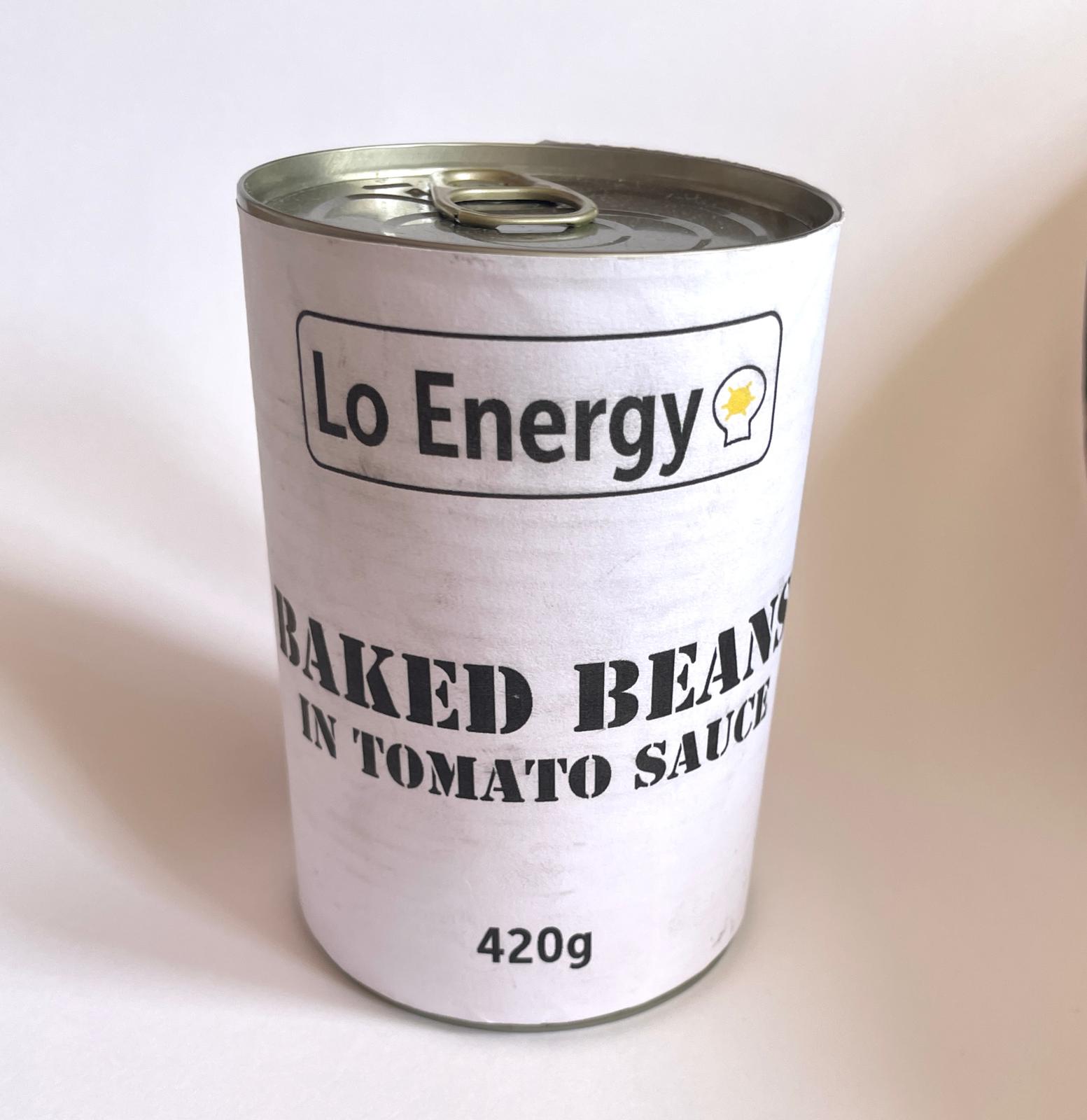

More in depth look at this proejct can be found here.
Tiny Arboretum
( Coding with python, Designing, Prototyping, wireframing, A / B testing )
Outcome:
Tiny Arboretum is a Raspberry Pi–powered system designed to automatically care for tropical houseplants in any location. Built with Python, the system monitors and controls temperature and humidity levels to create the ideal environment for plant growth. To complement the device, I designed a companion mobile app in Adobe XD, providing users with an intuitive interface to monitor real-time conditions, adjust settings, and receive care alerts. This project combines hardware and software to create a compact, smart greenhouse solution that keeps plants healthy and thriving with minimal effort.
ROLE
- User Experince Design
- User Interface Design
- Illustrator
- Prototyping & Testing
TOOLS
- Figma
- Pyhton
- Adobe Illustator
DETAILS
Duration : 1 month
Company : n/a
date : june - july 2020
